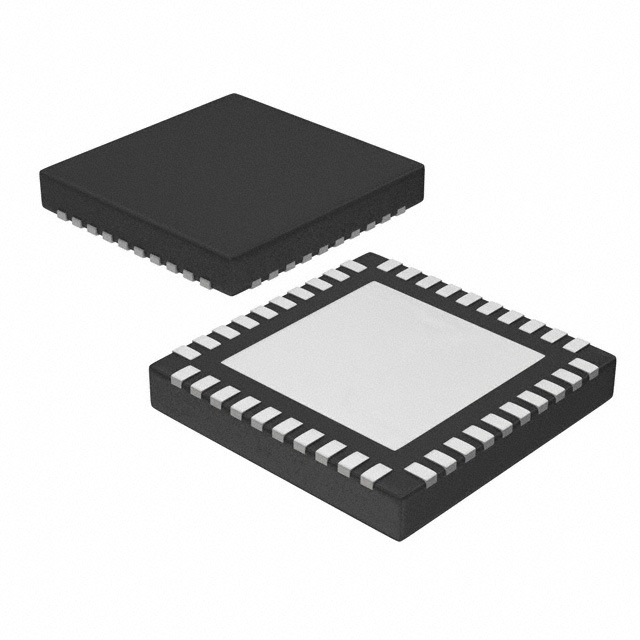

Texas Instruments
MSP430FR2155TRHAR
Microcontrollers




.png?x-oss-process=image/format,webp/resize,p_30)


MSP430FR2155TRHAR Description
The Texas Instruments MSP430FR2155TRHAR is a low-power microcontroller (MCU) that belongs to the MSP430 value line of devices. It is designed for a wide range of applications, including industrial, consumer, and automotive markets. Here's a brief description of the model, its features, and potential applications:
Description:
The MSP430FR2155TRHAR is a 16-bit, RISC-based, mixed-signal MCU with an integrated 8051 microcontroller architecture. It is built on a 16-bit architecture and features a high-performance CPU with a clock speed of up to 8 MHz. The device is available in a 64-pin, 7mm x 7mm TQFP package.
Features:
- CPU: 16-bit RISC-based CPU with a high-performance CPU core and integrated 8051 microcontroller architecture.
- Memory: 16 kB of on-chip Flash memory, 512 bytes of RAM, and 1 kB of information memory.
- Clock System: Flexible clock system with low-power modes and frequency synthesis.
- ADC: 10-bit, 8-channel ADC with a conversion rate of up to 200 ksps.
- DAC: 8-bit, 2-channel DAC.
- Timers: Multiple 16-bit timers, including a watchdog timer, real-time clock (RTC), and timer_A/B/D/E.
- Communication Interfaces: UART, I2C, and SPI for communication with external devices.
- Power Management: Low-power modes, including standby, sleep, and deep-sleep modes to optimize energy consumption.
- Security: Peripheral protection and secure boot functionality.
- Package: Available in a 64-pin, 7mm x 7mm TQFP package.
Applications:
- Industrial: Control systems, motor control, and sensing applications.
- Consumer Electronics: Smart appliances, portable devices, and battery-powered gadgets.
- Automotive: In-vehicle infotainment systems, body control modules, and safety systems.
- Energy Management: Smart meters, energy monitoring, and power distribution systems.
- Medical Devices: Portable medical equipment, wearable devices, and health monitoring systems.
- Home Automation: Smart home systems, lighting control, and HVAC control.
The MSP430FR2155TRHAR is an ideal choice for applications that require a combination of low power consumption, high performance, and a wide range of integrated peripherals. Its flexible clock system, multiple low-power modes, and integrated communication interfaces make it suitable for a variety of applications across different markets.
Tech Specifications
MSP430FR2155TRHAR Documents
Download datasheets and manufacturer documentation for MSP430FR2155TRHAR
 MSP430FR4xx, MSP430FR2xx Family User Guide MSP430FR215x, MSP430FR235x Datasheet
MSP430FR4xx, MSP430FR2xx Family User Guide MSP430FR215x, MSP430FR235x Datasheet  MSP430FR215x, MSP430FR235x Datasheet
MSP430FR215x, MSP430FR235x Datasheet  MSP430FRyyy 18/Feb/2020
MSP430FRyyy 18/Feb/2020 Relevant Search
Shopping Guide


















.png?x-oss-process=image/format,webp/resize,h_32)










